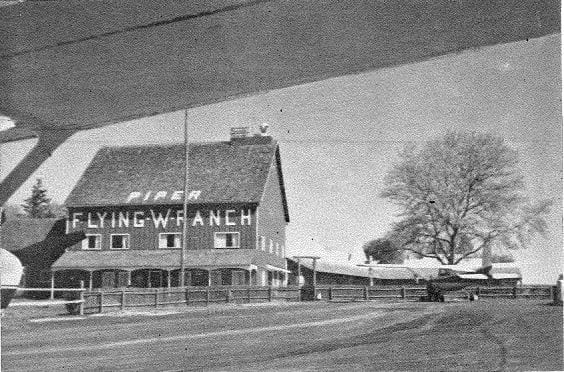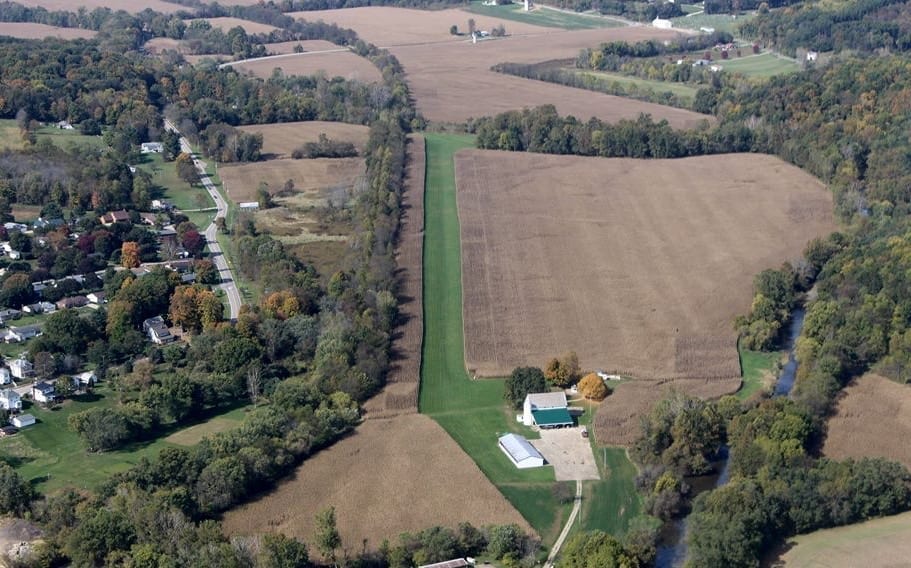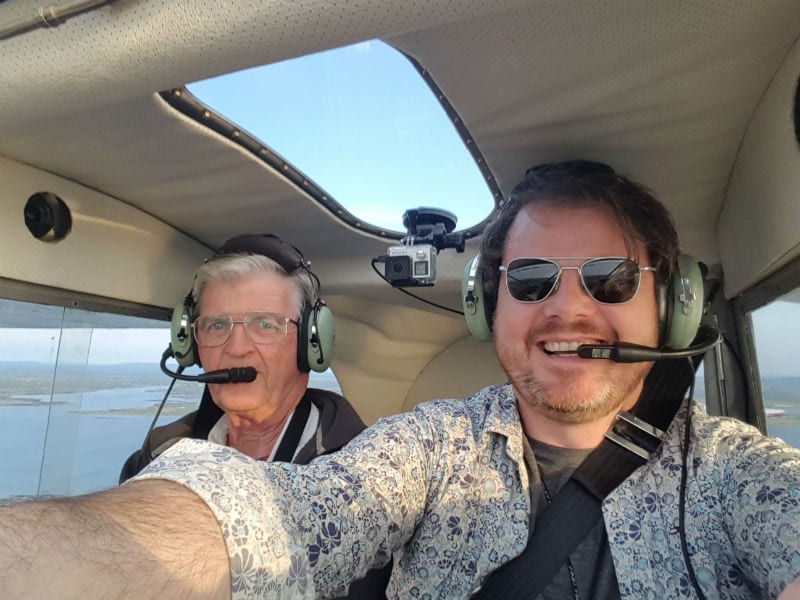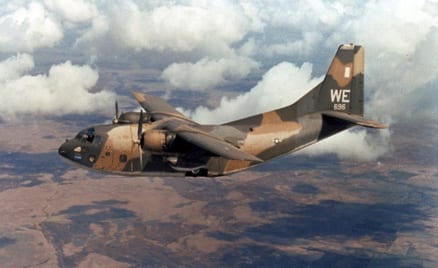
Confessions of a rusty pilot
I was there“What kind of a fuel system needs 13 sumps?” I asked myself. Years ago, the Cessna 172 I flew had one in each wing and a t-handle under the belly that shot a stream of fuel onto the pavement when I pulled it. It turns out that this was just the one of many changes that had slipped by me since I last preflighted an airplane.

Glass cockpits – don’t make it harder than it really is
John's blogToo many pilots exaggerate the difference between analog instruments and glass cockpits, as if it requires a completely new pilot certificate to make the transition. That’s simply not the case - the basics of flying are the same no matter what avionics you use. Focus on basic attitude flying, which, if anything, is easier on glass cockpits with their full-screen attitude display.

Demystifying Special VFR
TechniqueDuring pilot training, some aviation procedures are dutifully explained, yet the context around the procedure is lacking. By “context” I mean the reason, possibly historical, that a rule, process, or procedure is in place, typical scenarios of use, and modes or mechanisms of failure. One prominent example is that of “Special Visual Flight Rules.” Few other procedures elicit mystery and wonder from fellow pilots, wondering how or why these secret code words could be used.

Friday Photo: Sedona, Arizona
Friday PhotoMy wife and I love to explore the Southwest US in search of great hiking. Last year we made an impromptu trip to Sedona from our home base in Los Angeles. Our Mooney cut the 8-hour drive to a beautiful 2-hour flight, allowing us to easily make this trip over a weekend. We were treated to this perfect view on our departure, reminding us that we need to return soon.

Saying no as a pilot
Technique“The pilot in command of the aircraft shall be directly responsible for its operation and shall have final authority as to operation of the aircraft.” Encoded here is that singular autonomy, that point of application of free will, that has not changed through eons despite all of the changes in the architecture of man-machine interface as well as the changes in management theory and even the emphasis on crew resource management.

Mornings in Mont Blanc
I was thereToday, in formation, we climb out of Annecy and make for the Alps through the Col des Aravis. This kind of flying is like a jam session, a music of angles and relative positions. You know your buddy knows... It’s a kind of magic made possible by experience and trust. The rocks below glide by as though in deep slow motion.

Video tip: staying cool under fire
Video TipHave you ever heard a pilot on the radio sound really nervous about flying in bumpy clouds? It's a normal reaction, but it's not a good way to fly IFR. In this video tip, learn some ways to become more comfortable in such conditions, and how to react when everything is bouncing around. With some preparation and the right mindset, you can do it.

From the archives: Flying W Ranch
Air Facts ArchivesIn this trip through the Air Facts archives, we stop in June, 1963, where Richard Collins reported on a new airport just east of Philadelphia with a unique community atmosphere. The airport is still around, but the idea never caught on. Why not?

Friday Photo: beautiful grass strip
Friday PhotoThere is absolutely nothing better than a taildragger on a grass strip. In this gorgeous, 2-for-1 Friday Photo, Christine Shumway Mortine shares some pictures from a quick lunch flight to Swank Field and reminds us all of how good the flying can be in fall.

Two procrastinators in a plane – a father/son story
I was thereI think part of the reason we hadn’t shared a flight before is is simply a lack of communication and misunderstandings. I won’t nag him, or anyone, to come flying and he won’t pester me to take him flying. So, outwardly it looks like I’m not too keen and that he’s not too interested; neither of which are true.

Teaching flying over the years
Dick's blogI became a flight instructor in 1953. I last renewed my CFI in 2016 and will let it lapse today (2/28/2018). There is no log entry for that because there was no flight. I’ll tell you why I let it lapse in a bit. For now, I’ll just say that it has to do with the FAA at its petty and officious best.

Archie Trammell, the man who set airplane standards
HistoryArchie Trammell died in early February at age 89. Archie accomplished much over decades in aviation, including being a foremost expert on use of airborne weather radar. But I think his greatest contribution was making it possible to compare airplane performance, weight and price using a constant standard.

Friday Photo: in formation over Indianapolis
Friday PhotoAn air-to-air photo shoot turned into a memorable shot for pilots Jim David and Bill Smith. Here, Smith captures a busy scene, with David's Cessna 182 cruising over downtown Indianapolis, Indiana. The photo includes the city's football stadium, basketball arena, and famous racetrack.

Washington fly-by: just another day on the staff
I was thereOccasionally there are some events earning support of multiple formations for the flyover. Election years are one of those times. My own experience was in 1993 when multi-service participation was in order for the military salute to President George Herbert Walker Bush and the pre-inauguration celebration for the incoming Clinton administration.

Flying to watch SpaceX launch the Falcon Heavy
I was thereFalcon Heavy was advertised as the most powerful liquid fuel rocket since the Saturn V. I bought close-in viewing tickets as soon as they went on sale. Public interest was high: all 3,000 tickets sold out in 24 hours. This was going to be big.

A drone pilot becomes an airplane pilot
I was thereBy the time I received my official Drone Ground School accreditation I was well and truly hooked on aviation again. I figured that I already had half the work done so I immediately signed up to do my full private pilot ground school and I booked my first training flights in a real airplane with an instructor. Little did I realize at that time how much more work was involved in becoming a real pilot…

Friday Photo: Mount St. Helens
Friday PhotoIt's been over 35 years since its last major eruption, but Mount St. Helens is still churning beneath the surface. You wouldn't know it from this peaceful Friday Photo, though. Joe Moilanen was flying a Cessna 170 past the northeast side of the snowy peak when this photo was taken.

Asleep at the controls
I was thereWho hasn’t wanted to be that “go to” person with our fellow pilots? I’ll bet more of us want to be the one helping than want to be the one asking for help. That’s normal but pilots, copilots, instructors, and yes, students too, have to know when the situation demands real honesty and humility instead of, “Sure, no problem.”

Caught in a thunderstorm
I Can't Believe I Did ThatI have several cardinal rules of flying: Don’t fly in freezing clouds, don’t fly IFR in the mountains, don’t fly with less than one hour of usable fuel in the tanks, and don’t fly in thunderstorms. I have been conscientious about following these rules in my years of flying. Until one day over Pennsylvania.

Shooting an ADF approach – with no ADF
I was thereAfter liftoff, and initial climb out, everything was still performing as expected. We entered the clouds about the time of gear retraction. As soon as the gear was up, the number one engine started surging and the number two engine started backfiring. I briefed that we would continue straight ahead to the ADF and return for landing. I looked down at the ADF indicator and it was rotating continuously.
